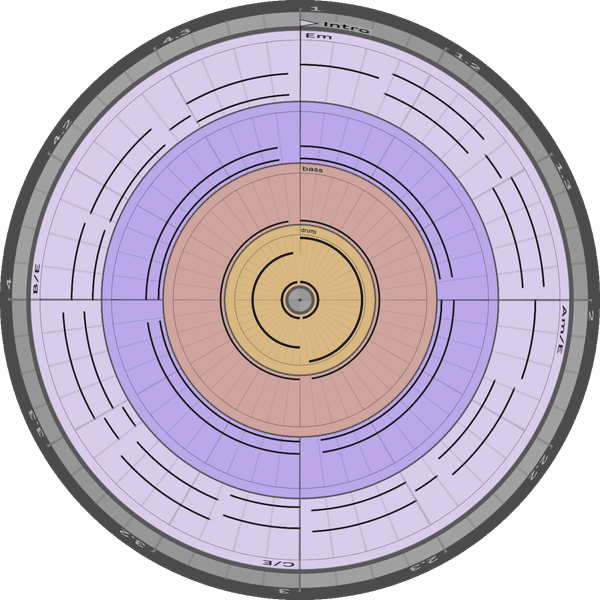Sublime
An inspiration engine for ideas
Musical analysis
en.m.wikipedia.org
Every Noise at Once
everynoise.comMusical tone can boil thoughts away. This is the open secret of making music. Set the string to vibrating again, lock your hearing onto its energy and be absorbed into its disappearance.
W. A. Mathieu • The Listening Book
How do you want to feel?
The human brain is wired to respond to sound. Music adds meaning and dimension that is hard to capture with just text.
Elements such as pitch, melody, harmony, timbre, amplitude, scale, and tones, along with the graduated series of notes or intervals dividing octaves, have an affective, emotional, psychological, cognitive,
... See moredifference between western music and Indian music. 🎶🎼
voice: @priakhil
animation: popshift
popshiftinstagram.comSOUND
aimeleondore.com

Check out my latest blog post on @reverb "How To Bring Tonal Balance To Your Mixes". __________
One of the most challenging aspects of music production is mixing a track to sound well-balanced across the frequency spectrum.
__________
Having your high frequencies too loud in the mix will make your track... See more
instagram.com